Services Home Energy Audit
A home energy audit is the most important first step towards lower energy bills, improved home comfort, better indoor air quality, and a reduced environmental impact.
Our comprehensive home energy audit includes:
- Blower door testing to determine your home’s air leakage rates
- Infrared thermal imaging to locate deficiencies in your home’s building envelope
- Combustion safety testing to ensure that your home’s combustion equipment is functioning properly and safely
- Energy audit report which details the best home energy improvements that can be made to your home based on the findings of the energy audit
Our 7 Step Home Performance Process
Step 1: Listen to Your Concerns

A good audit starts with conversation. We’ll ask you about your motivation for the audit, your concerns, any building retrofits and ask about how energy is used in your home to help understand your behaviors and needs. This is a great opportunity to talk about the drafty and cold rooms in your house. Be sure to share your utility bills with us so that we can better understand your usage.
Step 2: Evaluate the Outside Perimeter
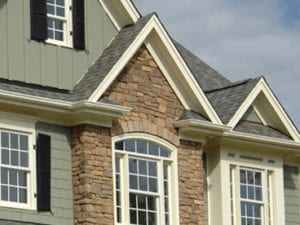
A few minutes after arrival and introducing themselves, the Building Specialist will perform an outside perimeter check on the building. We evaluate the building’s shell and landscape to identify potential energy loss, moisture and safety concerns. We will inspect chimney and vent location and conditions when possible. Evaluate the roof /window shadings and determine the cardinal direction each side faces.
Step 3: Walkthrough of the Interior
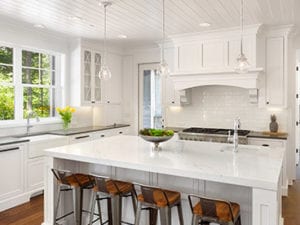
We will then inspect the interior of the house with you and evaluate potential moisture and safety concerns, air leakage sites and determine the thermal boundaries of your home. We will note opportunities that will help you be more efficient with utility costs like lighting, thermostat controls, shading and moisture controls. We will also be measuring the buildings floor space and interior volume.
Step 4: Identify Leaks Using Our HERO Gadgets
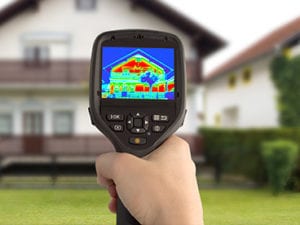
During the Comprehensive Audit, we are testing the air barrier and the house tightness. We set up the blower door and conduct a building depressurization test. In this test we use a calibrated fan that is set up at an exterior door. The fan will depressurize the house by pulling the air through the fan. When this happens, the leaks in the building will start to show by pulling air from outside to the inside. Sometimes the leaks are obvious in the house but often times they are hidden, and we find them using our special tools.
While the fan is running and collecting data, we will be looking throughout the house with our infrared camera and other diagnostic equipment to test air pressures room to room.
At the end of the test, we will know where your house leaks, how many times it changes air per hour and provide an initial estimate of how big the leak is by lumping all the holes into one. A good example of this would be that cumulative leaks in your house add up as if you had a 30×30-inch window open all year round! Yikes!
Step 5: Thorough Inspection of Home
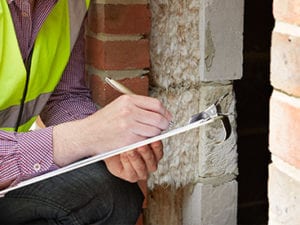
We start at the bottom (basement/crawlspaces) and work our way to the top evaluating the home. The attic and basement are where the majority of savings can be found. This will require us to spend time carefully inspecting these areas. In the basement we will look for cracks, moisture and areas of air infiltration. If we do see evidence of moisture, we will examine to find out the source.
During the attic inspection we will determine air leakage by inspecting for proper ventilation, insulation levels and condition, duct work and vent pipe condition and ceiling seams between the drywall and interior/exterior walls. This can be a big culprit of energy loss. The attic hatch, recessed lights, plumbing, wiring and framing connections tend to be significant contributors to air leakage and we can provide solutions to those items.
Step 6: Additional Testing
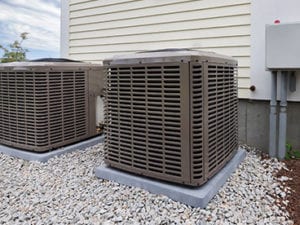
We also provide Combustion Safety and Efficiency testing of all combustion appliances, Appliance consumption testing and an HVAC diagnosis. The Combustion Safety and Efficiency test is performed by using calibrated combustion analyzers to evaluate equipment efficiency and safety. We test for back drafting, flame roll out, carbon monoxide and gas leakage. Our Appliance consumption tests will show you how much each appliance costs you to run for a month or year. We evaluate your HVAC (Heating-Vent-Air conditioning) equipment and water heater to make sure that it is running correctly and producing maximum efficiency.
Step 7: Review the Results
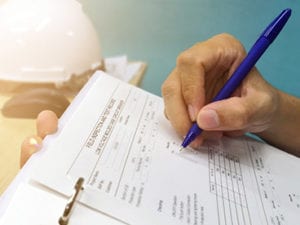
Our Building Specialists will analyze all the information collected from the audit and spend time entering the data into our software program to “model” the home. The Building Specialist will then provide a report detailing the home’s performance in efficiency, safety, durability and health. The report will provide a list of recommendations to the homeowner in order of priority, payback and cost effectiveness in mind. The report will be emailed with 7-10 business days.
Do you have a room that is always hot or always cold? That’s a job for Home Energy HERO. We’ll identify the perpetrator and bring your home back to optimal comfort.
